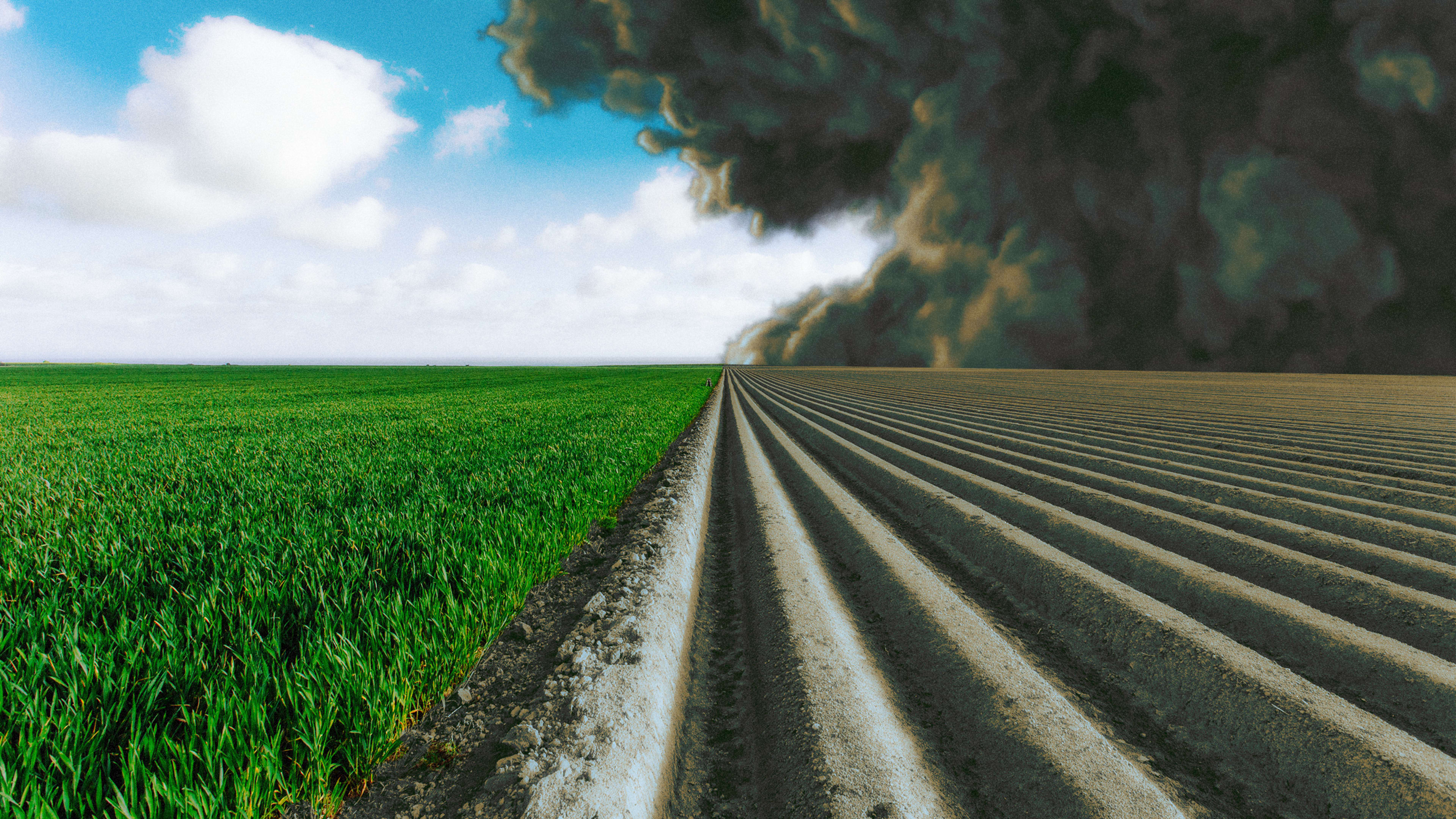As the climate changes, Russia has said that it plans to “use the advantages” of rising temperatures to expand agriculture into areas where crops currently can’t easily grow. In Canada, the same migration of farmland will likely also take place. But these adaptations carry a major risk: As farming disturbs soils on northern frontiers, it could release as much as 177 gigatons of carbon stored in that soil.
For comparison, that’s about as much carbon as the entire U.S. economy would emit in 100 years at the current rate of emissions. “There’s so much carbon under these soils that even developing a fraction of them could tip us toward runaway climate change,” says Lee Hannah, a senior climate change biology scientist at the nonprofit Conservation International, who led a study looking at the effects of opening up new lands for agriculture. The results were published on February 12 in the journal PLOS One.
The nonprofit had previously studied how the wine industry will move to different regions because of climate change and the potential impacts on wildlife that could have, and wanted to look at the impacts for other types of crops, modeling what might happen near the end of the century. They expected to see challenges in tropical mountains as weather warms enough to allow farming to spread into higher and higher altitudes—and that will be a problem, especially for some rare animals that live in restricted areas. “Those species really have nowhere to go,” Hannah says. “If you keep pushing them upslope, they’re just going to run out of space.” As farming moves higher into mountains, it will also pollute water that more than 1.8 billion people rely on in downstream areas.
But the researchers found that the potential impacts on climate change from changes in northern areas were the most startling. “We realized that with these big northern frontiers, the threat wasn’t so much to biodiversity, except in follow-on effects,” he says. “But the big news was just how much carbon was in those soils and needs to be thought carefully about when people think about developing some of these new frontiers.”
In parts of northern countries like Canada, some soils are thin, with little carbon, and not well-suited for farming. Other soils are thick, peaty, and filled with carbon. Although they also aren’t ideal for farming, as growing seasons get longer, they could be used to grow crops, releasing the sequestered emissions.
It may be especially likely to happen in areas where there’s little economic opportunity. “I think people will do anything that makes a buck, basically,” says Hannah. “Because there are very few competing land uses, this could definitely be financially feasible.” By the middle of the century, the world will also need to grow more than 50% more food as the population grows. Crops like potatoes, which already grow in northern regions, could spread farther north.
Governments need to think about the risks as they encourage farming to spread, Hannah says. “The Canadian and Russian governments are both actively promoting development agriculture in these areas when they’re not very good for agriculture right now,” he says. “As they get better, I think both those governments will have policies in place to promote agriculture. And then we’ve got to be concerned about whether those policies begin to have really big unintended consequences.”
Recognize your brand’s excellence by applying to this year’s Brands That Matter Awards before the early-rate deadline, May 3.
